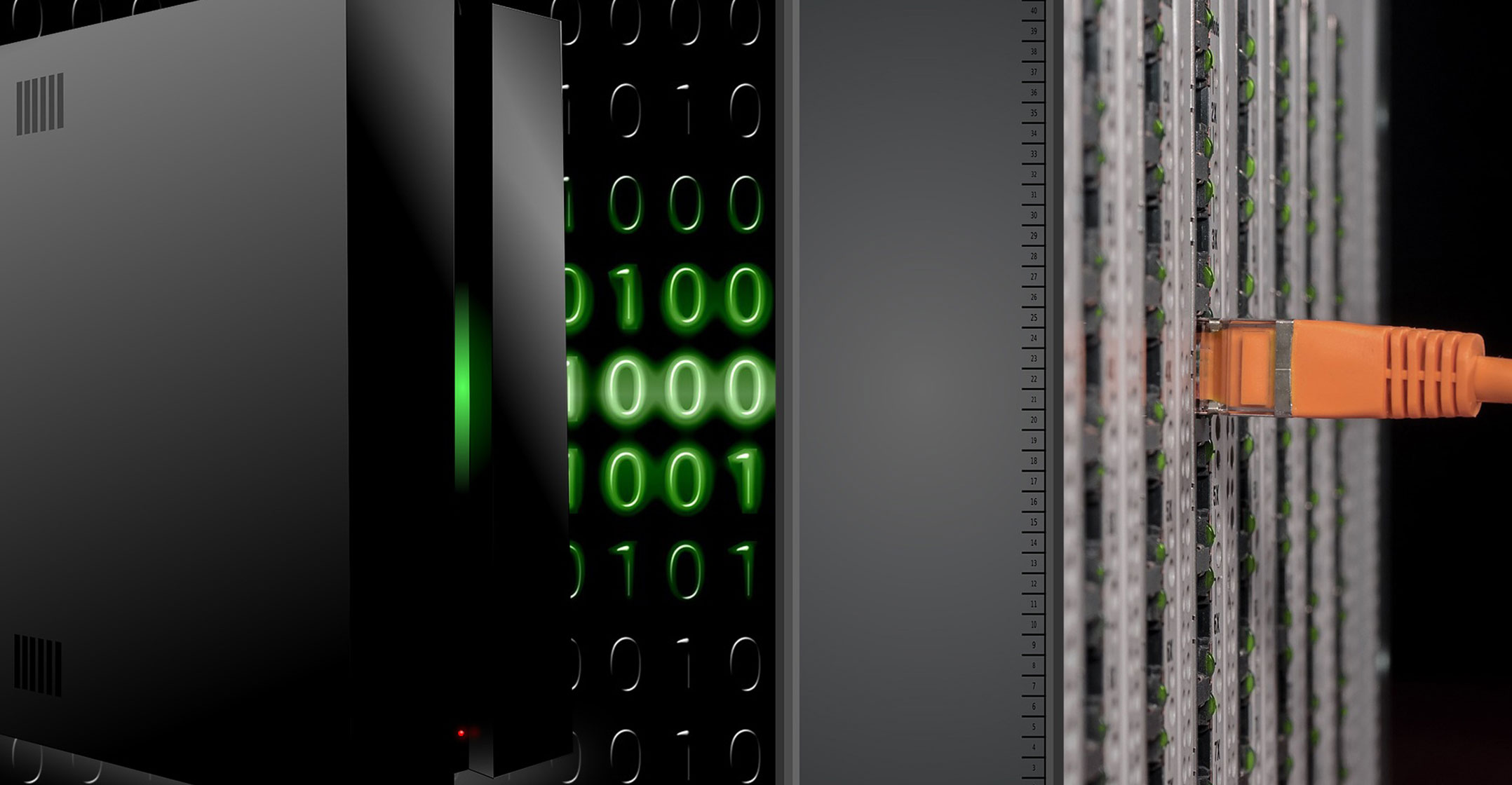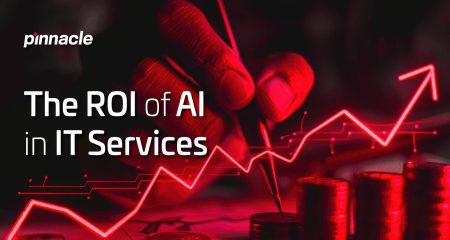
The data centre remains the lifeblood of any business. Its role is crucial to delivering IT services and ensuring that an increasing number of networked devices, users and business processes have access to networking and storage.
However, across the globe, the data centre industry is undergoing a massive shift. Organisations find themselves in a world that is increasingly digital and connected, and one that has skyrocketed in complexity. Technologies such as cloud, edge computing, Internet of things (IoT) and artificial intelligence (AI) are reshaping the way workloads are deployed and managed, and are driving digital transformation within the data centre itself.
“All these new technologies have an impact on the data centre, in terms power, cooling, resiliency, scalability, and more, and yesterday’s IT departments have to up their game to try and match the efficiencies that today’s hyperscale cloud providers are able to offer,” says Fred Saayman, Huawei business unit executive at Pinnacle ICT, South Africa’s leading local ICT distributor.
But, he says, data centre facility ownership is no longer a given, as businesses of all types are looking at hybrid data centre models for economic and competitive reasons. “The common maxim today is that the world is moving towards a hybrid model, and this will be the de facto way we compute in the future.”
Saayman says there are many reasons for this. Firstly, the “BYO” movement, which is seeing employees wanting to work on their devices and applications of choice, is forcing CIOs to be more platform agnostic. “Today’s users insist on being able to use any device they want to access everything they have, which is creating several technology challenges for the tech department. Having a hybrid model will balance that out.”
But the move towards hybrid architectures is also putting a lot of pressure on IT departments to modernise. “In order to compete effectively with falling public cloud prices, enterprise facilities have to be incredibly efficient, and they have no choice but to comply with increasingly stringent data sovereignty and residency regulations. They need to find a way to more effectively manage complexity within their data centres.”
No shortcomings
Although most CIOs think they have a comprehensive grasp on data centre management, operation and planning, too often, they don’t,” Saayman says.
“It is impossible for any IT leader or even a team of IT experts to exert the most granular control over crucial data centre tasks. People, even the most highly skilled and educated ones, have the tendency to let personal preferences, prejudices and misconceptions to get in the way and cloud their views on planning and other key responsibilities.”
AI on the other hand, he says, has no such shortcomings and is beginning to have an impact on an variety of core data centre operations and services. “Many different types of data centres can benefit from harnessing the power of AI. Intelligent automation and machine learning, for example, can be used to better manage internal resources as well as anticipate any future hardware and data needs that might arise.”
 Moreover, AI is helping data centres become greener. “For several years now, AI technologies have been playing a greater role in lowering data centre energy consumption and waste. “AI applications reduce power requirements, report any cooling inefficiencies and continually analyse the health status of all crucial systems to increase efficiency while saving power. Moreover, AI can also significantly cut storage energy consumption. By using AI monitoring and analytics to anticipate the different types of user activities, data centres can rapidly shift data that is used less frequently to reduce energy storage resources and move data that is used more frequently to higher performance storage.”
Moreover, AI is helping data centres become greener. “For several years now, AI technologies have been playing a greater role in lowering data centre energy consumption and waste. “AI applications reduce power requirements, report any cooling inefficiencies and continually analyse the health status of all crucial systems to increase efficiency while saving power. Moreover, AI can also significantly cut storage energy consumption. By using AI monitoring and analytics to anticipate the different types of user activities, data centres can rapidly shift data that is used less frequently to reduce energy storage resources and move data that is used more frequently to higher performance storage.”
According to Saayman, another area where the data centre can benefit from AI is in security. “With a fast-shifting threat landscape, data centre security requirements are changing too. Until a few years ago, the greatest threats data centres faced arose from the insider threat, or fairly non-evolved brute force attacks. This is no longer the case, as we see threat actors designing AI-based algorithms, which are constantly probing to find any chink in the data centre’s armour.”
AI is also helping data centres adapt more rapidly to evolving security requirements, while enabling a more secure environment for users without enforcing strict rules, or needing too much user intervention, he explains. “AI tools are also excellent at picking up malicious code and spam, as they can analyse activity patterns to pinpoint any anomalous, and therefore potentially dangerous, behaviour.”
Finally, he says AI can optimise data centre performance by continually monitoring and adjusting resources such as processing, networking and memory, helping organisations to run their data centres at peak efficiency. “It can also be employed to monitor workload distribution and optimise server configuration and utilisation, which makes infrastructure more scalable and efficient.”
- This promoted content may have been paid for by the party concerned




